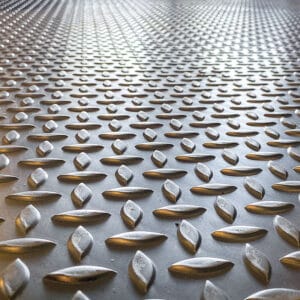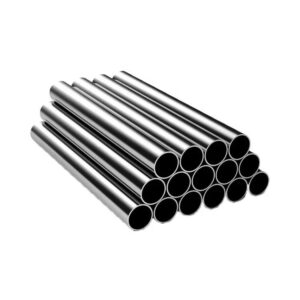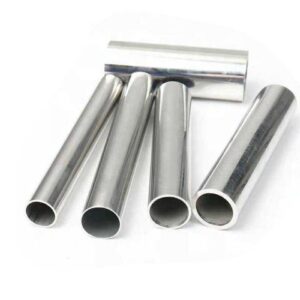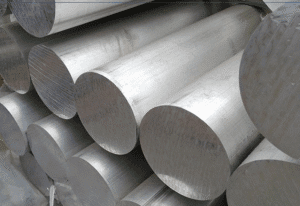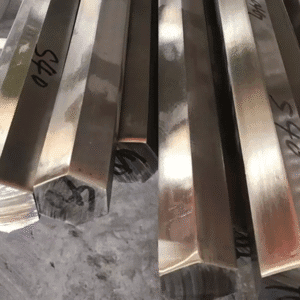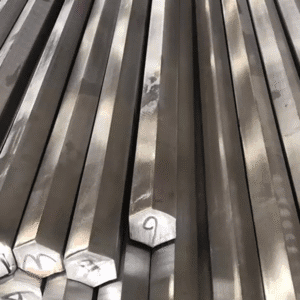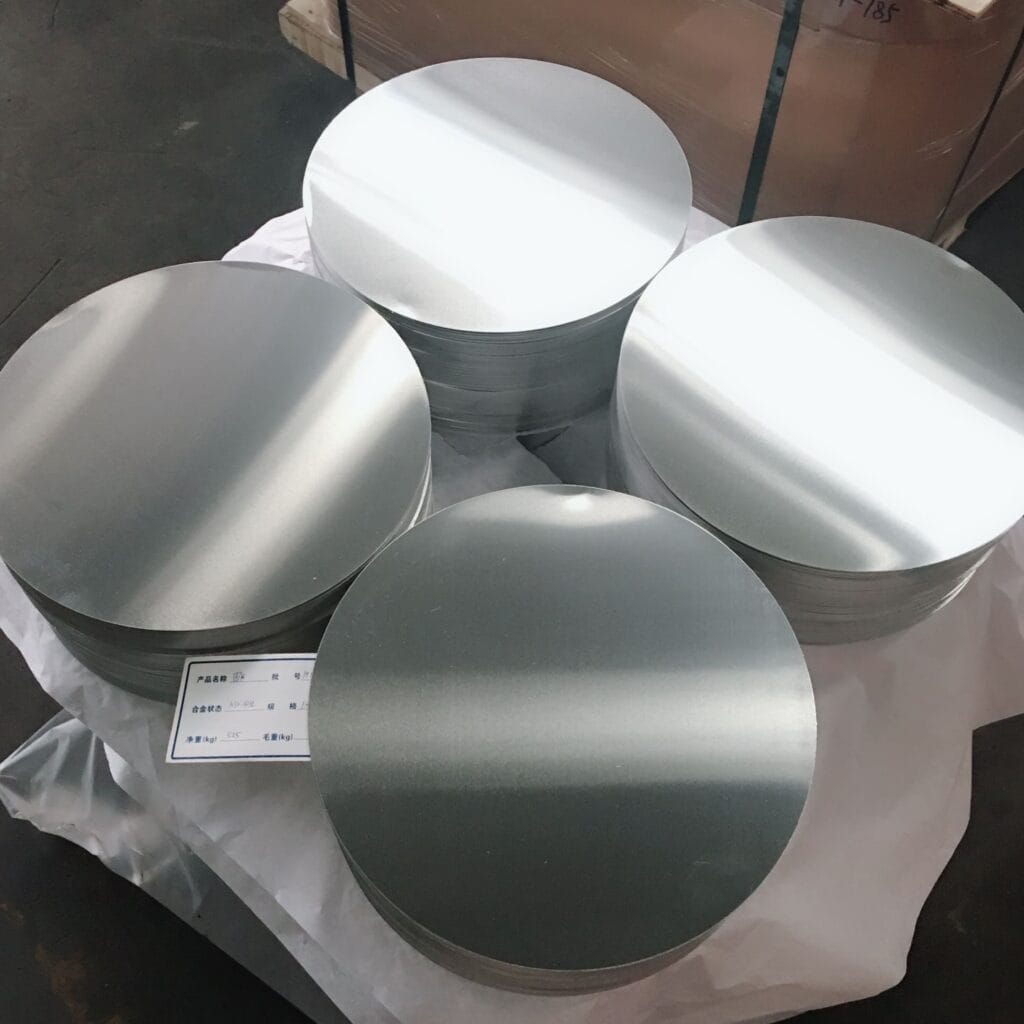Introduction
In the cookware manufacturing world, the quality of the final product starts with the raw materials. One of the most essential materials in pots, pans, and other kitchen essentials is the aluminum round plate—also called an aluminum circle.
While they may look simple, these plates are far from basic. Producing them for cookware involves a precise, step-by-step process designed to ensure strength, durability, formability, and food safety. Every stage—from alloy selection to final packaging—affects how well the cookware will perform in kitchens across America and the world.
For cookware manufacturers , understanding how aluminum round plates are made can help you:
- Select the right suppliers for your needs
- Evaluate quality before committing to large orders
- Reduce production risks such as cracking, coating failure, or uneven heating
- Improve product performance by choosing the correct alloy and treatment
This guide walks you through the entire production process—from raw aluminum to cookware-ready blanks—explaining the technical details in plain language so you can make smart, confident sourcing decisions.

1. Choosing the Right Aluminum Alloy
Everything begins with selecting the right aluminum alloy. Not all aluminum is the same—different alloys offer different strengths, flexibility, and corrosion resistance.
Common Alloys for Cookware:
- 1050, 1060, 1070—These are “commercially pure” aluminum grades with over 99% aluminum content. They are soft, highly ductile, and conduct heat extremely well. Ideal for deep-drawn cookware such as stockpots, where the metal needs to stretch without breaking.
- 1100 – Also pure aluminum but with slightly higher corrosion resistance. Often used for decorative cookware or pieces that will be anodized for a bright, polished look.
- 3003 – An aluminum-manganese alloy with higher strength and better resistance to rusting. Common in medium-duty cookware such as sauté pans.
- 5052, 5005 – Aluminum-magnesium alloys that are stronger and more wear-resistant. These are often used in heavy-duty or commercial-grade cookware where durability is critical.
What should I pay attention to when purchasing aluminum round plates?
- How easily the plate can be formed into shape
- The cookware’s durability and resistance to dents
- How well coatings adhere and stay intact during use
- Heat distribution and energy efficiency
Tip: Always ask for a material test certificate from the aluminum round manufacturer to verify the alloy type and purity to ensure food grade compliance.
2. Melting and Casting the Aluminum
Once the alloy is chosen, production moves to melting and casting.
Step-by-step:
- Melting – Large aluminum ingots are placed into furnaces and heated to around 700–750°C until fully molten.
- Refining—Impurities such as oxides or trapped gases are removed using refining agents and degassing systems. This ensures a cleaner, more uniform metal structure.
- Casting—The molten aluminum is poured into molds to form slabs or is cast into coils. There are two main casting methods:
- Direct-Chill (DC) Casting—Produces a fine-grain structure and excellent mechanical properties. Plates from DC-cast aluminum are less likely to crack during forming, making them ideal for high-end cookware.
- Continuous Casting (CC)—A faster, lower-cost process suited for more economical cookware lines or shallower pans.
For premium cookware, DC casting is preferred because it results in a smoother surface and more consistent mechanical performance, reducing waste during forming.
3. Rolling: Hot and Cold
After casting, the aluminum must be rolled to the correct thickness.
- Hot Rolling – Slabs are heated and passed through large rolling mills to reduce thickness while improving grain structure and removing internal voids.
- Cold Rolling – The metal is rolled again at room temperature to achieve precise thickness and a smoother surface. This also hardens the metal slightly.
Typical thickness range for cookware plates:
0.4 mm to 6.0 mm, depending on whether the plate is used for small lids, frying pans, or large stockpots.
If you produce cookware products that include induction-compatible bases, you can negotiate to prepare the composite or laminated sheets during the rolling process, saving time in subsequent secondary processing.
4. Cutting into Round Plates
The rolled sheets are now ready to be cut into circles. Precision here is key—uneven shapes cause problems during deep drawing and spinning.
Common cutting methods:
- High-speed stamping/punching—Ideal for high-volume, standardized sizes.
- CNC or laser cutting—Slower but extremely precise, allowing for custom diameters and tight tolerances.
Standard cookware plate sizes:
- Diameter: 100 mm – 1,200 mm
- Thickness: 0.5 mm – 6.0 mm
Edge finishing: After cutting, edges are smoothed (deburred) to prevent worker injury and to extend the lifespan of forming tools.

5. Annealing for Formability
Aluminum hardens slightly during rolling and cutting. To make it soft and formable again, the plate is annealed—heated to a controlled temperature and then cooled slowly.
- Purpose of annealing:
- Relieve internal stresses
- Increase ductility (the ability to stretch without breaking)
- Ensure smooth deep drawing or spinning without cracks
Common temper for cookware aluminum:
- O (annealed)—The softest state, ideal for deep-drawn shapes like woks or tall stockpots.
- H12, H14 – Semi-hard tempers, good for shallower forms such as frying pans.
The best aluminium circle manufacturers will control the annealing temperature to within ±10°C to ensure consistent formability from batch to batch – this is something you should ask before purchasing.
6. Optional Surface Treatments
Some cookware manufacturers prefer to receive pretreated aluminum plates to speed up their production process.
Common pre-treatments:
- Degreasing—Removes rolling oils for a cleaner surface.
- Brushing – Creates a textured surface that improves coating adhesion.
- Polishing—Prepares for mirror finishes or decorative anodizing.
- Pre-anodizing—Protects the surface and provides a base color before cookware assembly.
Buyer insight: If you apply non-stick or ceramic coatings, pre-brushed plates help reduce coating defects and increase bonding strength.
7. Inspection and Packaging
Before shipping, each batch is checked against strict quality standards.
Quality checks include:
- Diameter tolerance (±0.5 mm or tighter if requested)
- Thickness uniformity
- Flatness (critical for even heating)
- Surface inspection for scratches, stains, or rolling marks
- Mechanical tests for hardness, tensile strength, and elongation
Packaging:
- Waterproof kraft paper and plastic wrap to protect against moisture
- Wooden pallets with corner protectors for safe transport
- Clear labeling with alloy, size, quantity, and batch number
Overseas shipping tip: Always request moisture-proof packaging to avoid corrosion during sea transport, especially if plates will be stored for weeks before processing.
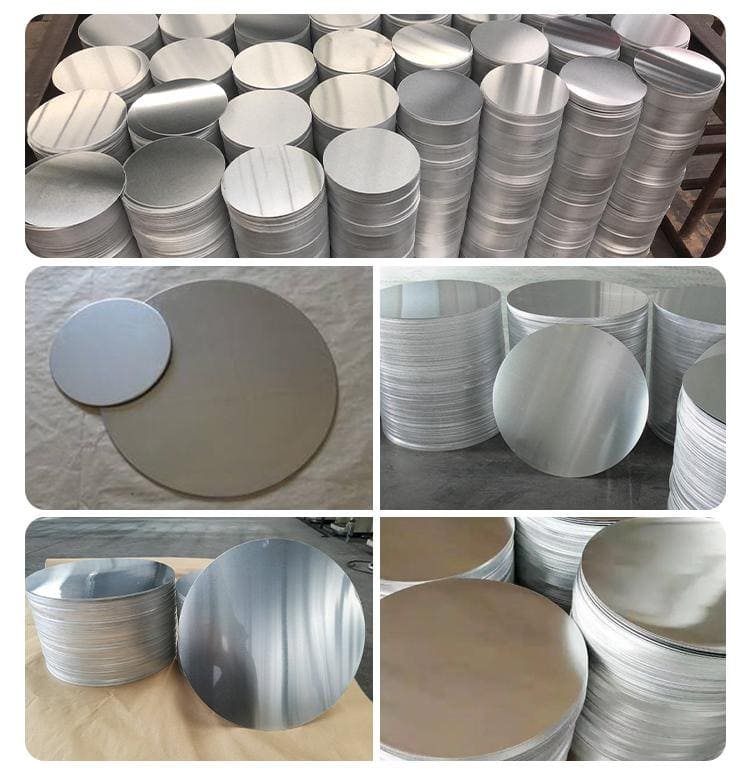
What Buyers Should Confirm with Suppliers
When sourcing aluminum circle plates for cookware, clarify the following before placing your order:
- Technical specifications: Alloy, temper, diameter, thickness, and tolerance requirements
- Mechanical properties: Tensile strength and elongation levels suitable for your forming process
- Certifications: ISO 9001, RoHS, REACH, FDA food-contact compliance
- Surface requirements: Plain mill finish, brushed, polished, or anodized
- MOQ & Lead time: Minimum order quantities typically range from 3–5 tons, with production times from 15–25 days depending on treatments
Conclusion
Producing aluminum disk for cookware is not just a matter of cutting metal—it’s a controlled process that determines how well the cookware will form, cook, and last in the customer’s kitchen.
For cookware manufacturers, understanding the production process means:
- Smarter supplier selection
- Better matching of materials to product requirements
- Fewer defects and lower scrap rates in your factory
- Longer-lasting, better-performing cookware for your customers
Whether you produce non-stick frying pans, anodized stew pots, or other types of commercial cookware, sourcing high-quality aluminum is essential for ensuring consistent product performance and customer satisfaction.
Looking for a trusted aluminum round plate supplier?
ZGGDMETAL provide:
- Custom alloys and diameters
- Deep drawing-grade material
- Pre-treated plates for faster manufacturing
- Reliable global shipping to the world
Contact ZGGDMETAL for a free consultation or sample today.

